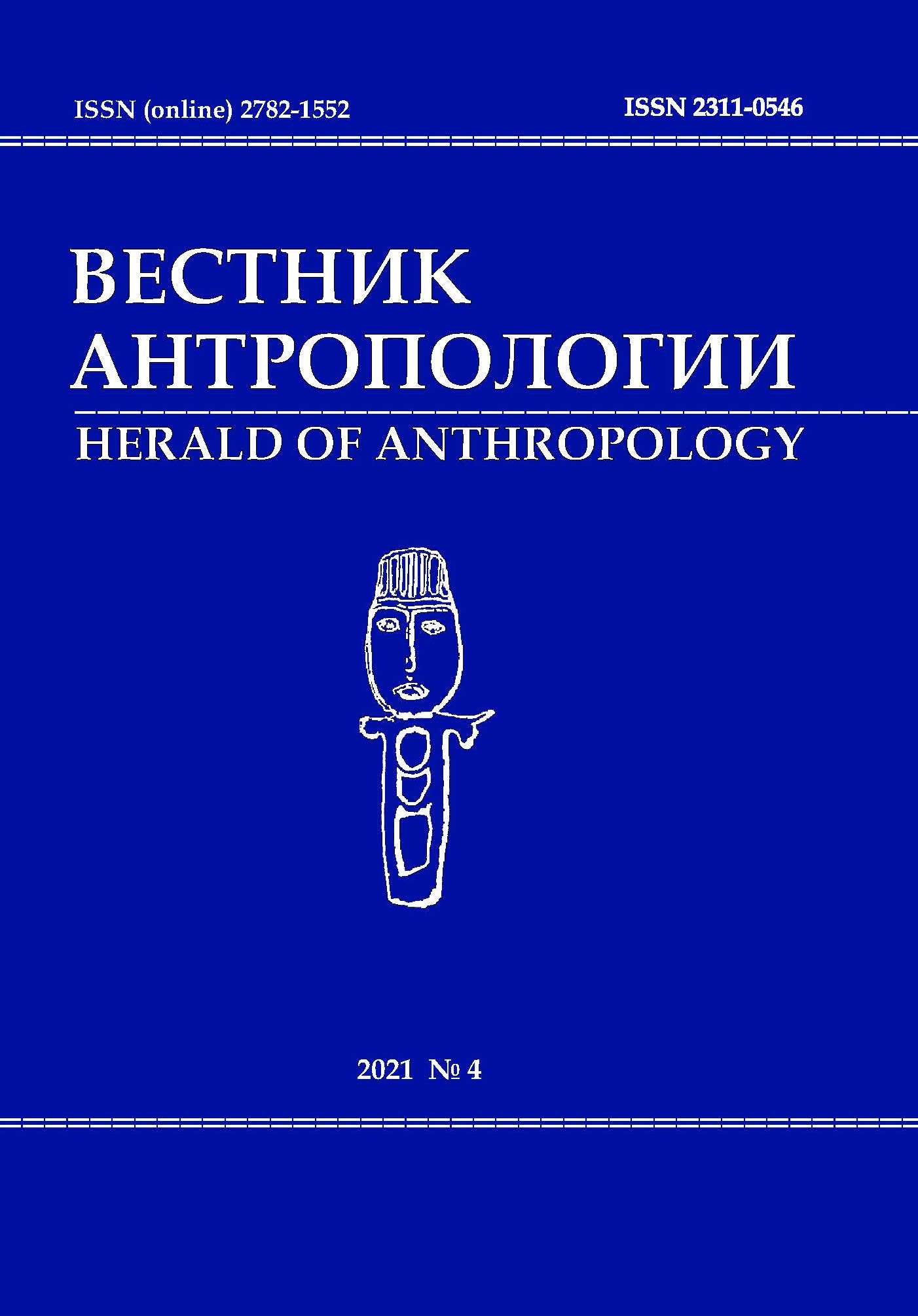Ethnicity and Religiosity of the Young Residents of the Republic of Tatarstan Based on the Ethno-sociological Study of 2020
DOI: 10.33876/2311-0546/2021-4/62-74
Keywords:
youth, identity, ethnicity, ethnocentrism, interethnic interaction, religiosity, migrants, attitudeAbstract
The purpose of the article is to analyze ethnic and religious attitudes among the youth of the Republic of Tatarstan. The article is based on the ethno-sociological study conducted in Tatarstan in the autumn of 2020 among young residents living in the cities of the republic. The authors discuss role of ethnic and confessional factors in the structure of social identity of young respondents and identify the attitudes towards ethnocentrism and interethnic interaction, particularly with migrants. The religious factor in the value system of young people is analyzed. It is concluded that the ethnic and religious aspects are consistent and equally important for self-identity among all the studied groups. It is shown that despite fairly strong ethnic solidarity, young people are generally disposed to favorable and conflict-free interethnic interaction. The article can be useful for sociologists, psychologists, social and cultural anthropologists, political scientists, and representatives of the structures in charge of youth policy issues.
For Citation: Titova, T.A., Frolova, E.V. 2021. Ethnicity and Religiosity of the Young Residents of the Republic of Tatarstan Based on the Ethno-sociological Study of 2020. Herald of Anthropology (Vestnik Antropologii) 4: 62-74.





















